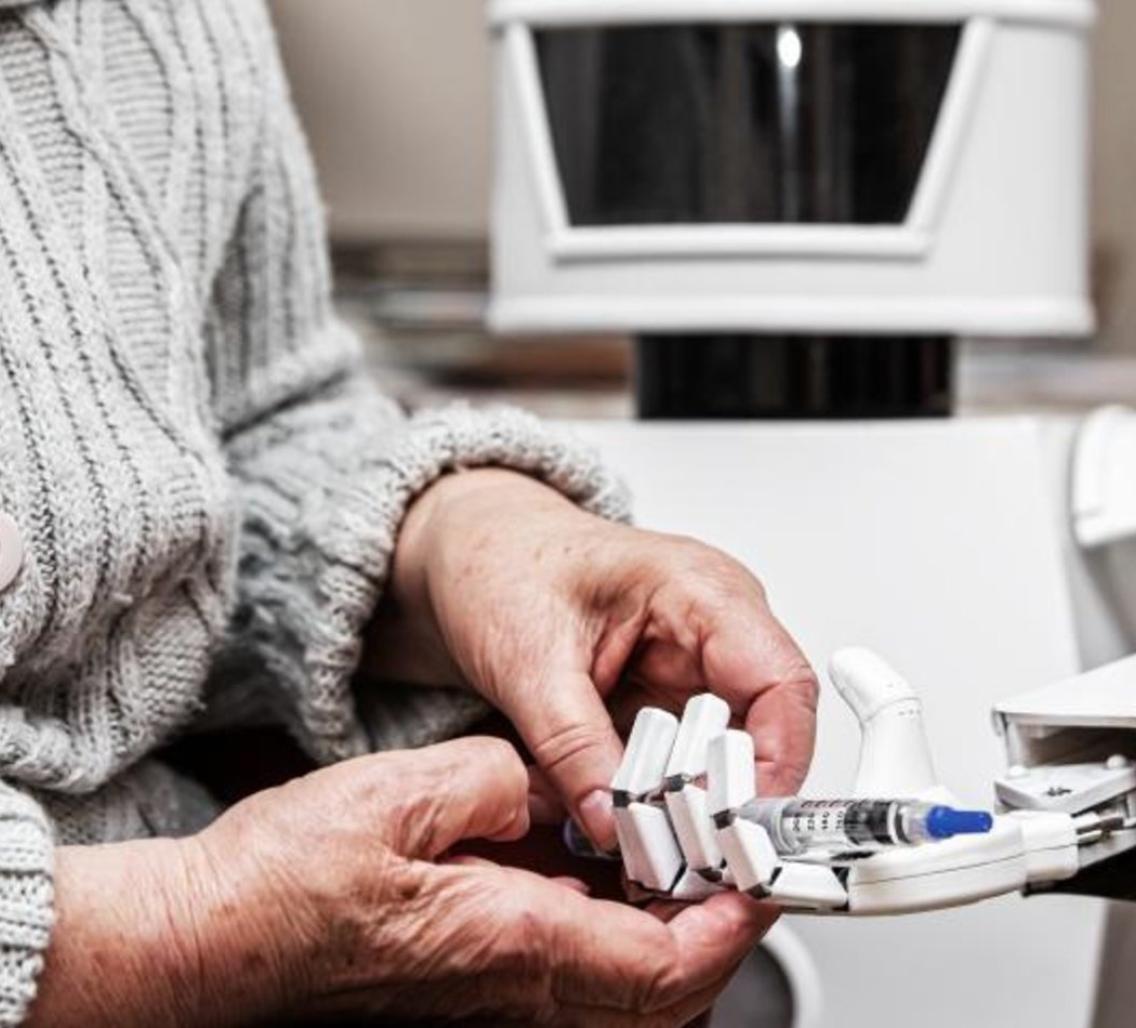AI experts establish the “North Star” for the domestic robotics field

By Andrew Myers
Robots that do everything from helping people get dressed in the morning to washing (and putting away) the dishes have been a dream for as long people have uttered the words “artificial intelligence.” But, in a field where the state of the art currently rests far short of that level of sophistication, a fundamental challenge has emerged: Namely, what will “success” even look like, should the day come when robots are able to perform these key tasks to human standards.
To do these mundane but surprisingly complex tasks, a robot must be able to perceive, reason, and operate with full awareness of its own physical dimension and capabilities, but also of the world and objects around it. In robotics, this combination of situational and physical awareness and capability is known as embodied AI.
Now, a multidisciplinary team of researchers at Stanford University has released the Benchmark for Everyday Household Activities in Virtual, Interactive, and Ecological Environments (BEHAVIOR). It is a catalog of the physical and intellectual details of 100 everyday household tasks — washing dishes, picking up toys, cleaning floors, etc. — and an implementation of those tasks in multiple simulated homes. A paper describing BEHAVIOR was recently accepted to the Conference on Robot Learning (CoRL).
BEHAVIOR imbues a set of realistic, varied, and complex activities with a new logical and symbolic language, a fully functional 3-D simulator with a virtual reality interface, and a set of success metrics drawn from the performance of humans doing the same tasks in virtual reality. Taken as a whole, BEHAVIOR delivers a breadth of tasks and a level of detailed descriptions about each task that was previously unavailable in AI.
“While any one of those tasks is already highly complex in its own right, imagine the challenge of creating a single robot that can do all of these things,” says Wu Tsai Neurosciences Institute faculty affiliate Jiajun Wu, assistant professor of computer science and a senior author on the paper. “Creating these benchmarks now, before the field has evolved too far, will help to set up potential common goals for the community.”